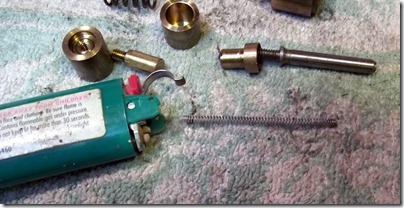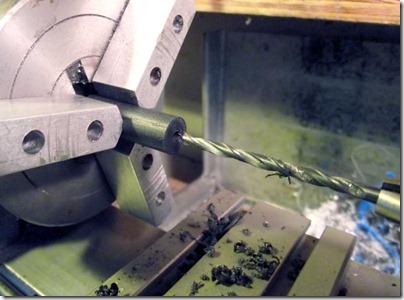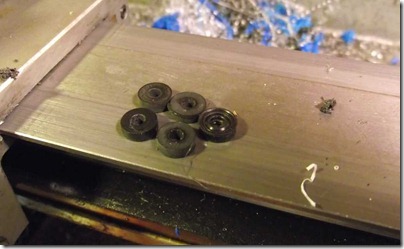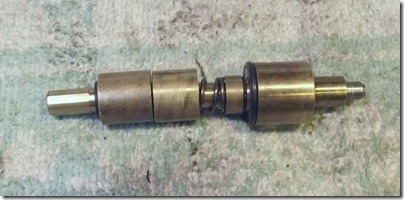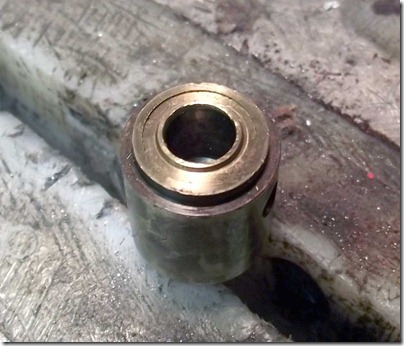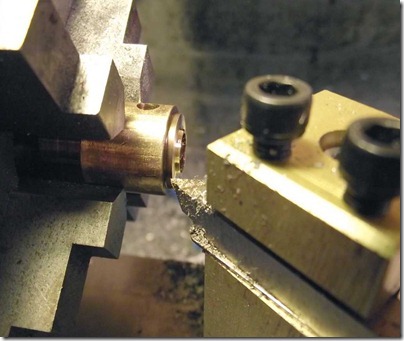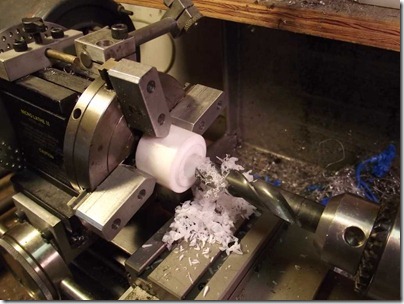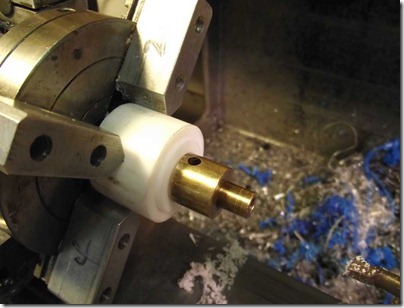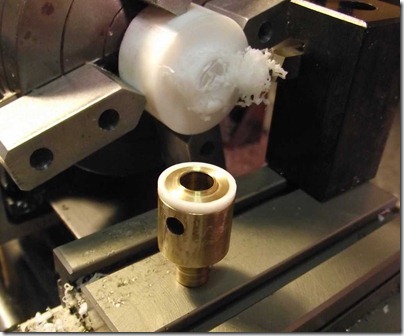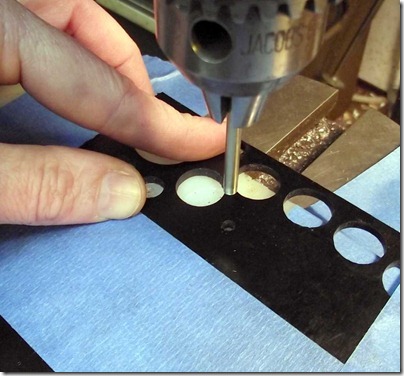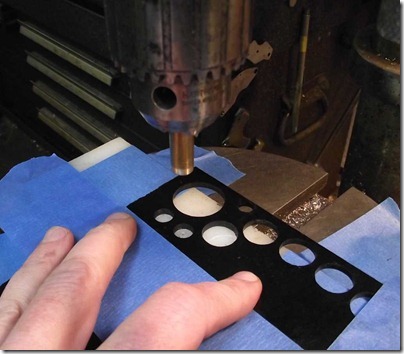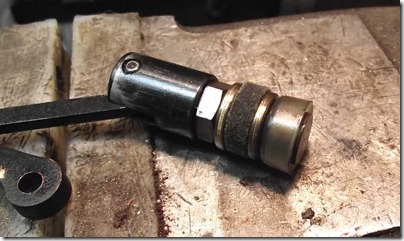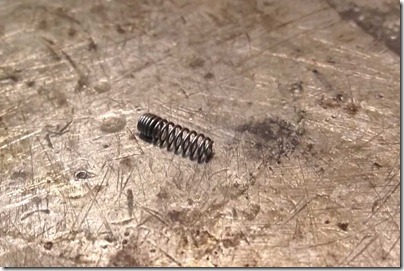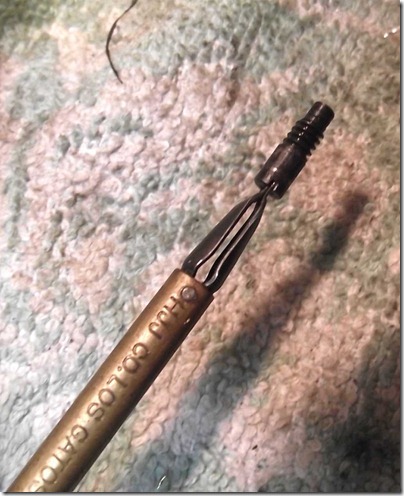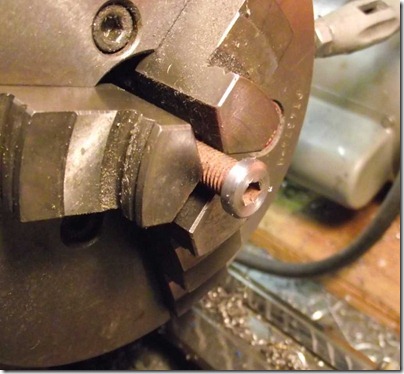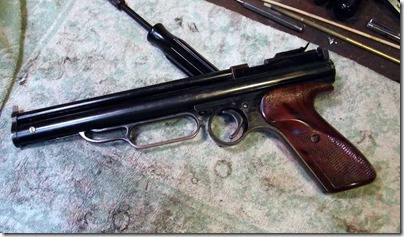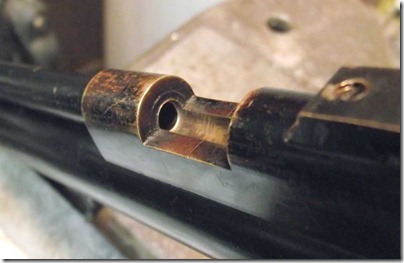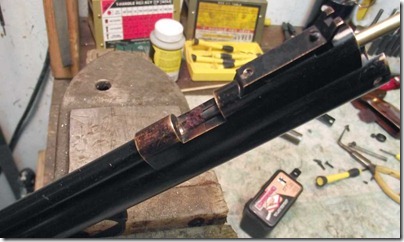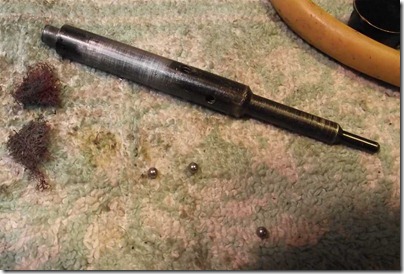Here we go--Hey, remember, this copy is not going to be an exact duplication of Anthony's work. I'm making a one-off based on his idea and design. His is the real deal that has gone through prototypes, testing and improvements.

Here's the spare 2240--yes, another gun from the Findlay, OH airgun show. Also scrounged up an extra 22XX valve and some brass rod

End seal on the stock valve. This one is pretty trashed. Got it used and the previous owner really overtightened the cap.

There's that piercing needle. Pressing the stem against the bench simulates the striker hitting the stem. That needle can restrict gas flow--especially when using a heavier hammer spring in an attempt to gain velocity.

Here's what I've been referring to as the 38T style piercing pieces. I have a slightly different threaded collar than what Rienecker uses.

Unscrewed the stock valve. Just trying to conceptualize how I'm going to proceed.

Cut off a 1.5" long piece of brass. Faced the ends and turned the end down.


Threaded 9/16-18 to fit the Crosman body.


Couldn't cut the full thread in the small lathe, so I transferred the work to the vise and chucked the die into a handle.

Threaded.

With a parting tool, I cut a groove for the valve body o-ring

Test fit.

Chamfered the end of the thread.

For concentricity, I threaded the piece into the (gutted) Crosman valve body and snugged it down. Took a very light skim cut to remove any runout between the halves.

Looked too long, so I used the parting tool again.


Spotted the front of the valve with a center drill.

Selected a #30 bit for the through hole.

After through drilling, I started an 11/32" hole then progressively enlarged it...

Until I finished the hole to 0.500" with a tiny boring bar. The 38T piercing pin and seal sit in the bottom this counterbore.

Had to make a quick run to Kromhard Twist Drill for an oddball 9/16-28 bottoming tap. The tap ran me $18.50 or so out the door at the good guy price. Vaughn at Kromhard is still waiting for the day when I just need a "normal" 1/4-20 plug tap. Don't hold your breath, Vaughn.

Only tapped the front half of the hole for the retaining collar.

More to come...
